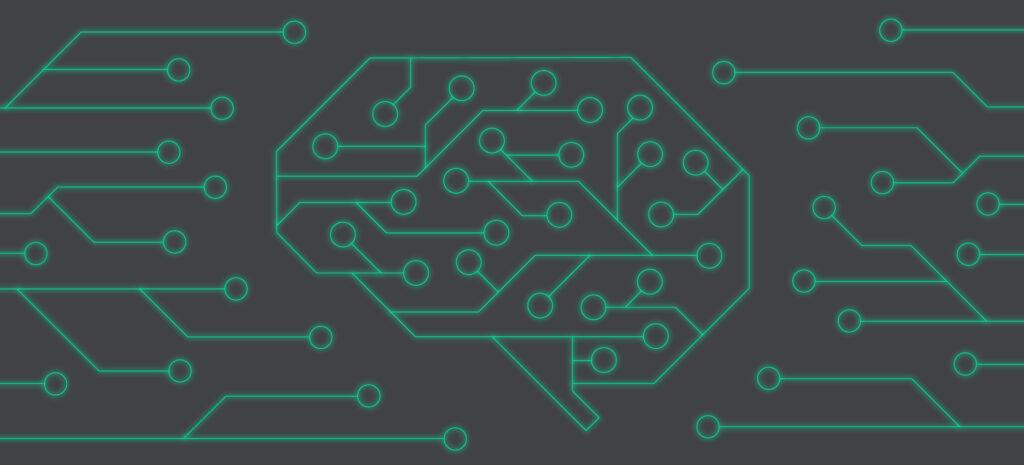Drug development is a notoriously lengthy and expensive process. From discovery through the three clinical trial phases, FDA review, and finally, to market, the entire process can take a decade or more. And according to Researchgate, for every 5,000-10,000 compounds discovered, only one FDA-approved drug makes it to market. All told, the cost of developing a new treatment is somewhere in the region of $2.6 billion.
By finding efficiencies in the drug development process, pharma companies have the potential to save tens of millions every year, bring treatments to market more quickly, and ultimately improve patient outcomes. And one area that promises potentially radical efficiency gains is artificial intelligence (AI).
More than 60% of life sciences companies spent over US$20 million on AI initiatives in 2019, and more than half expect investments in AI to increase in 2020. – Deloitte
Understanding artificial intelligence
There are two different kinds of AI: artificial general intelligence (AGI), and narrow AI. AGI refers to the ability of a machine to think, learn, and solve problems in the manner of a human brain – and at the moment (for better or worse) it remains the purview of science fiction. Narrow AI refers to an AI system that has been designed to perform a single, straightforward task. This latter variety already has countless everyday applications, from driverless cars to chatbots and biometric security systems. And it’s finding similarly useful applications in drug development, too.
“By 2026, big data and machine learning will be creating $150b in value per year across medicine and Pharma.” – Accenture
AI applications in drug development
Where AGI can be described as an attempt to replicate and ultimately surpass the computing power of the human brain, narrow AI focuses on performing individual tasks more adroitly than human beings ever could. For example, an AI system can parse and analyze enormous data sets with far greater speed, accuracy, and efficiency than even the most highly-trained humans. Narrow AI systems are great at identifying patterns, anomalies, and connections, and this application is of significant value to drug development.
Big data and AI go hand-in-hand. The life science sector has access to infinitely more data than ever before, but without artificial intelligence, any insights that data contains are likely to remain lost in the noise. In a process known as hit identification, AI algorithms are used to search through vast libraries of existing compounds to determine whether they could serve as active ingredients in new drugs. And in a similar process referred to as precision medicine, AI programs churn through complex disease data sets looking for patterns that might lead to potential treatment modalities.
“The role of AI is to ‘connect the dots’ for enormous amounts of clinical, genomic, and patient data to find the potential utility of an existing drug for a certain condition or disease.” – Genetic Engineering and Biotechnology News
AI systems are already being widely used to help identify and generate novel drug candidates, repurpose existing drugs, and validate potential drug candidates. There’s also an opportunity for pharma companies to use AI and machine learning to crunch manufacturing process data, and to make these processes more efficient – minimizing expense and reducing time to market.
Looking to the future
So far, we’ve only scratched the surface of AI in drug development, and it’s easy to get carried away with the potential of the technology to revolutionize medicine in years to come. Data scientists, futurists, and HCPs have offered a range of predictions for what an AI-powered future might look like for life science.
“AI is going to lead to the full understanding of human biology and give us the means to fully address human disease. The way we develop drugs and assess them in clinical trials will all come down to very sophisticated pattern recognition.” – Thomas Chittenden, via Nature
While some commentators see effectively limitless potential, others are attempting to remain grounded and to keep a lid on expectations.
“We are beginning to see successes. Of course, it’s going to take time for reality to meet expectations. In general, AI applications in drug discovery is a field that is progressing really fast.” – Daniel Cohen, via Labiotech
While no fully AI-developed drug has as yet been approved, it seems inevitable that this major landmark will be reached sooner rather than later. In the short-to-medium term, AI will continue to support existing drug development processes, and help pharma companies find new operational efficiencies.
One final, powerful application of AI in drug development is in insights management. Insights management platforms use AI to help global users discover key concepts, sentiments, and trends from interactions with HCPs. By delivering AI-driven actionable HCP insights, these platforms are helping pharma companies and med affairs teams unlock new market opportunities and make better-informed critical business decisions. AI will shape the future of drug development, but AI tools with the power to revolutionize your business have well and truly arrived.
To learn what steps pharma and medical device teams can take now to start making better decisions, download our whitepaper.






